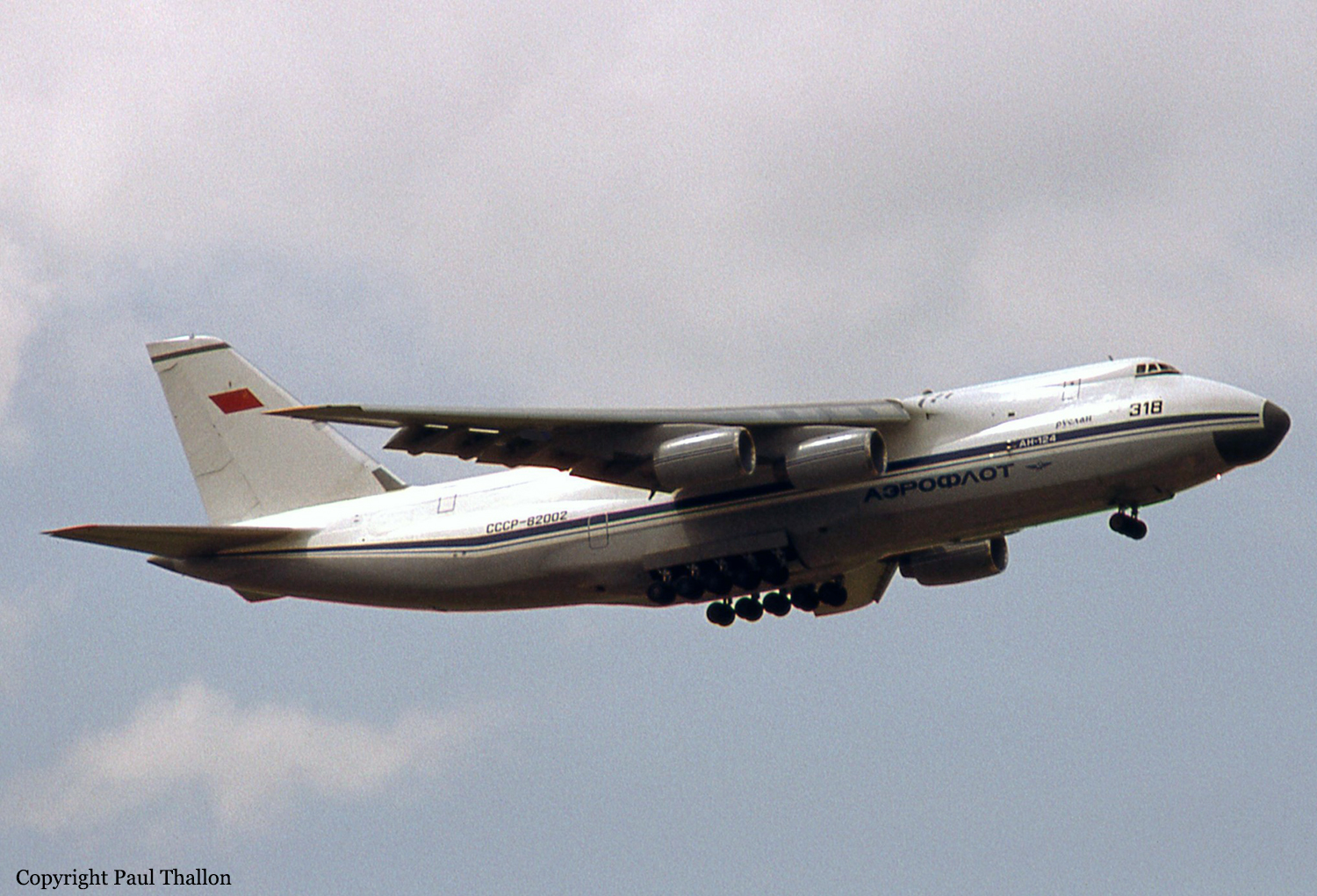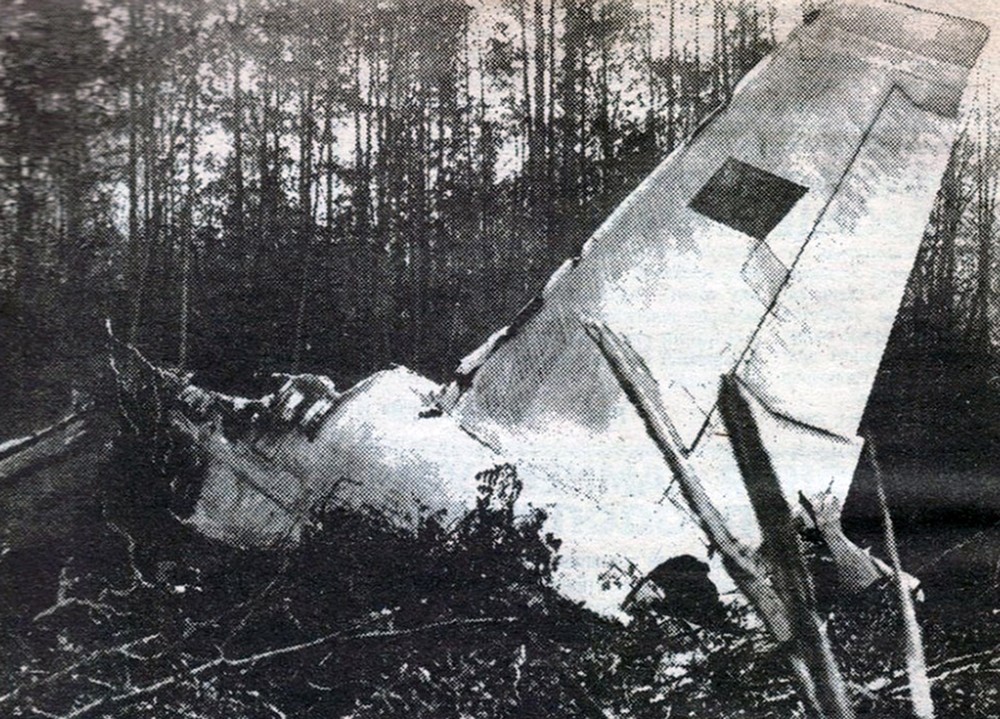Crash of a Douglas C-47A-65-DL in San Juan Ranch
Date & Time:
Nov 2, 1992
Registration:
CP-1960
Survivors:
Yes
Schedule:
San Juan Ranch - San Juan Ranch
MSN:
18993
YOM:
1943
Crew on board:
3
Crew fatalities:
Pax on board:
0
Pax fatalities:
Other fatalities:
Total fatalities:
0
Circumstances:
The crew was engaged in a local test flight after the right engine has been replaced. After takeoff, while in initial climb, the left engine lost power and smoke came out. The crew decided to return but was unable to maintain a safe altitude. In such conditions, the captain decided to attempt an emergency landing when the aircraft crashed in a swampy area near the airport. All three occupants escaped uninjured while the aircraft was damaged beyond repair.

















